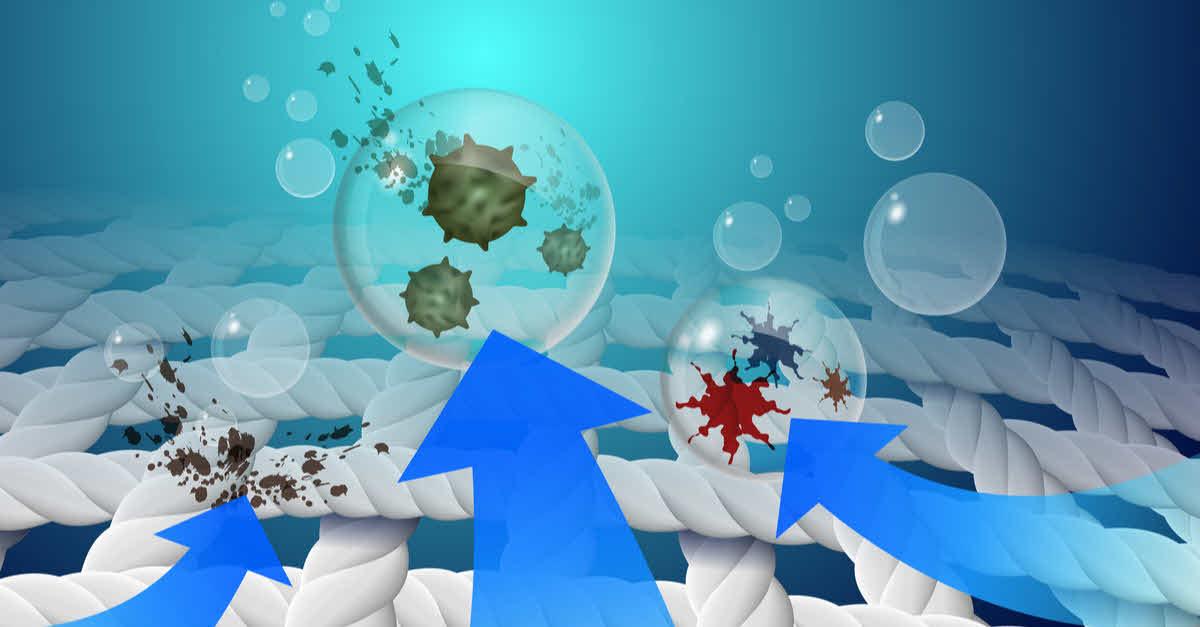Enzymes, Detergents And How They Changed The World In A Nutshell


We usually never stick around when we see our mothers throw the clothes in the washing machine to even glance at what would happen next. What we usually end up remembering is how good our clothes smell after they’re washed. That exact lemony fresh fragrance comes from the detergent that is used to wash the clothes. Detergents simply seem like a small thing but there is a whole different world that lies beyond this 9 letter word.
The process of cleaning looks inhumanly simple and straightforward but has a lot of depth if we end up studying it in a scientific manner. The stain molecules are broken down by the chemicals in the detergent and are separated from the garment. These elements are then further broken in the water itself and then washed away.
The use of enzymes started in 1913 and has come a long way since then. Bio detergents are up and coming in this era where the ecosystem is being given a lot of attention and the large-scale use of chemical detergents was definitely harming nature at an alarming rate
Ultreze Enzymes has been making high-quality biodegradable enzymes for years, helping many industries in India. Their secret? A strong focus on quality, care, and commitment! Ultreze doesn’t just create enzymes that break down substances they create products that stand out for their excellence Dealing with every type of enzyme this global industry has in their books, they are one of the most reputed Indian biotech companies.
Different Enzymes and Detergents and their roles
The impact of enzymes in detergents play various roles and in different manners. Enzymes are like tiny cleaning superheroes, each with its own special power to tackle stains! Protease fights off protein stains, amylase takes on starch, and cellulase keeps fabrics fresh. Together, they make laundry day a breeze because every stain deserves the perfect cleanup crew!
Protease is like a stain-fighting ninja, specially trained to take down protein-based messes! Whether it’s a splash of gravy, a drip of blood, or an eggy accident, this enzyme gets to work, breaking down stains like a pro. With protease on your side, tough stains don’t stand a chance.
Amylase is an enzyme that helps remove starchy stains like pasta or baby food. It breaks down starch, helping to remove stains more easily. It helps remove starch from fabric, making washing easier. This enzyme is great for cleaning stains from pasta sauce, chocolate, or baby food.
Cellulase works a little differently from other enzymes; it’s like a fabric care specialist! Instead of just tackling stains, it focuses on keeping cotton clothes in top shape. It gently removes tiny fuzz and pills that build up over time, helping fabrics stay smooth, soft, and vibrant. So, whether it’s keeping colors fresh or giving your clothes a polished look, cellulase has got your wardrobe covered.
Lipase is a special enzyme that helps fight greasy stains like oil and butter. It works by breaking down fats, making them easier to wash away. The stains might not disappear in one wash, but with each wash, they fade more and more leaving your clothes looking fresher and cleaner.
Read more information: Detergent Enzymes And Their Impact On The World

